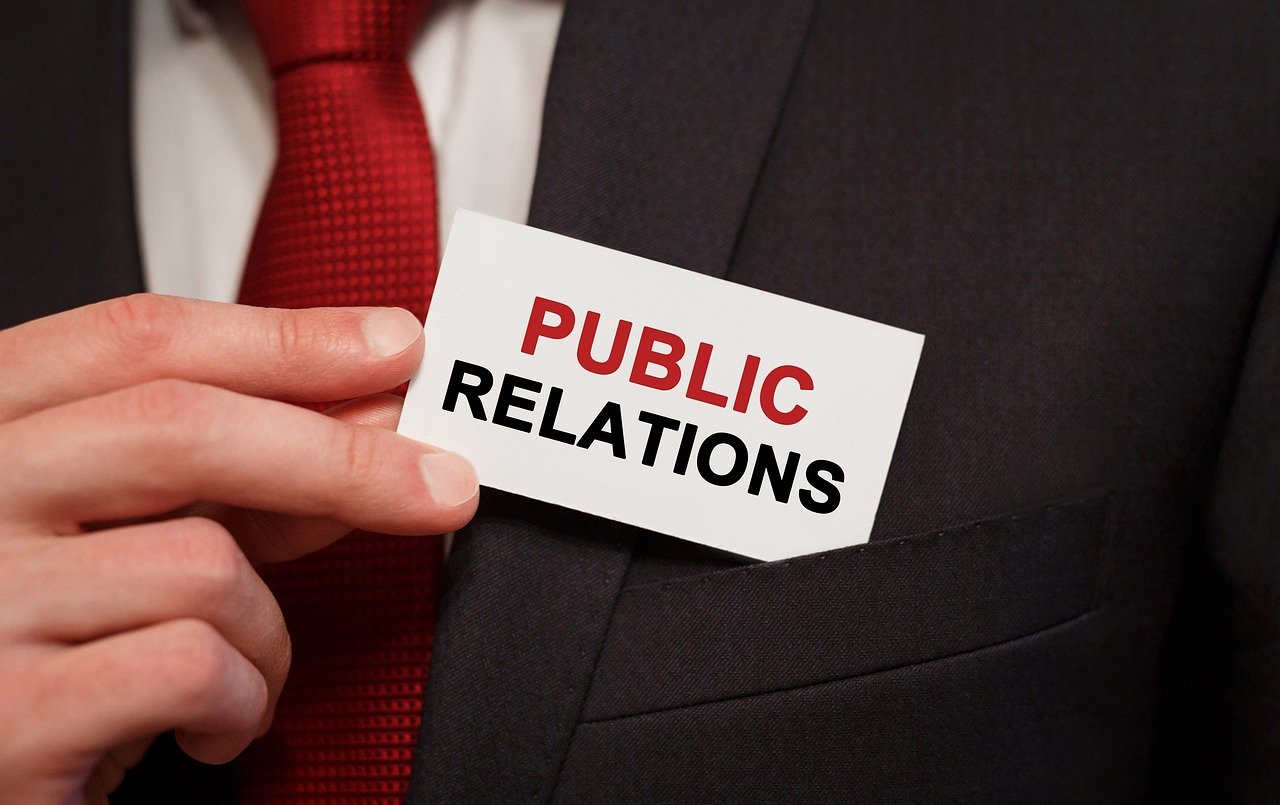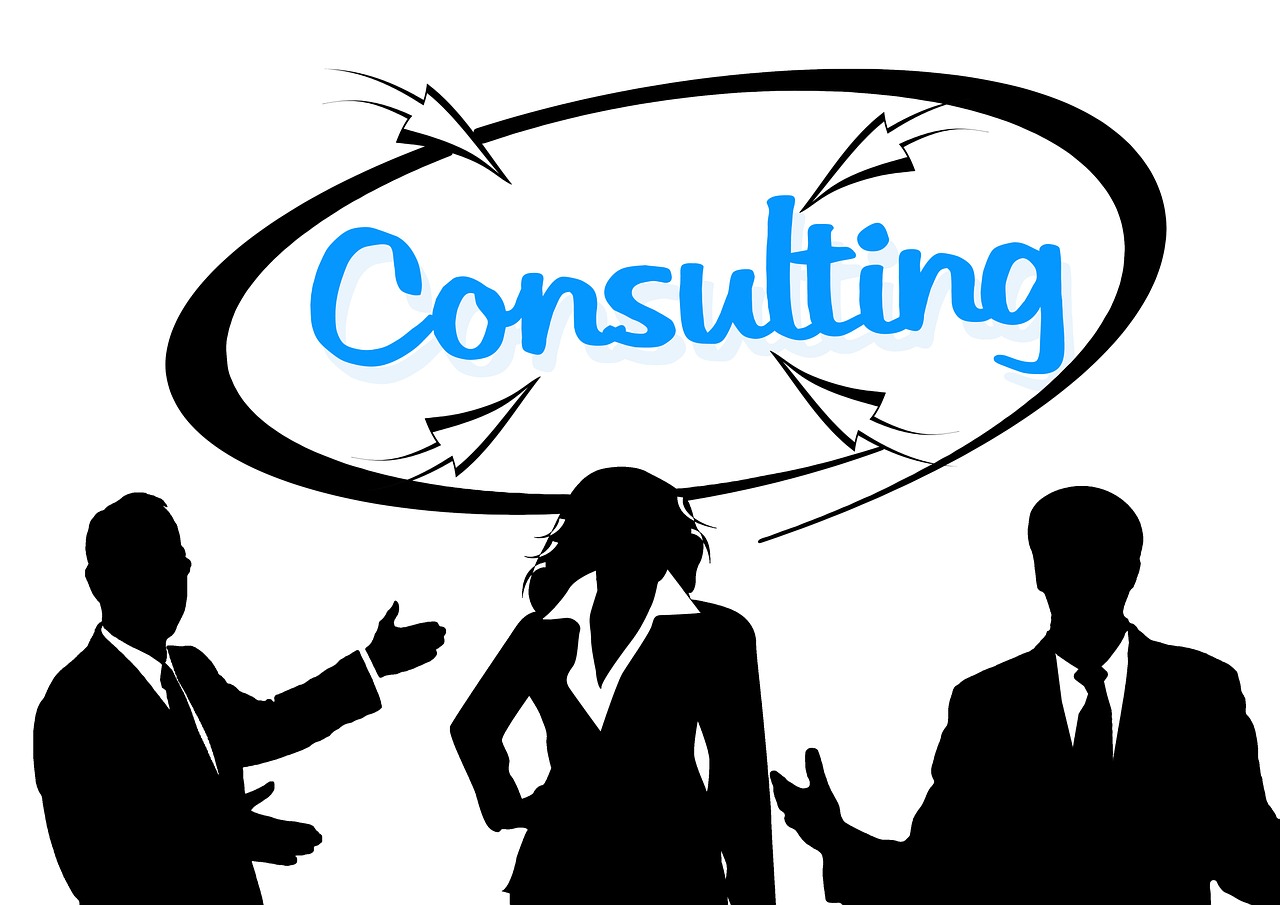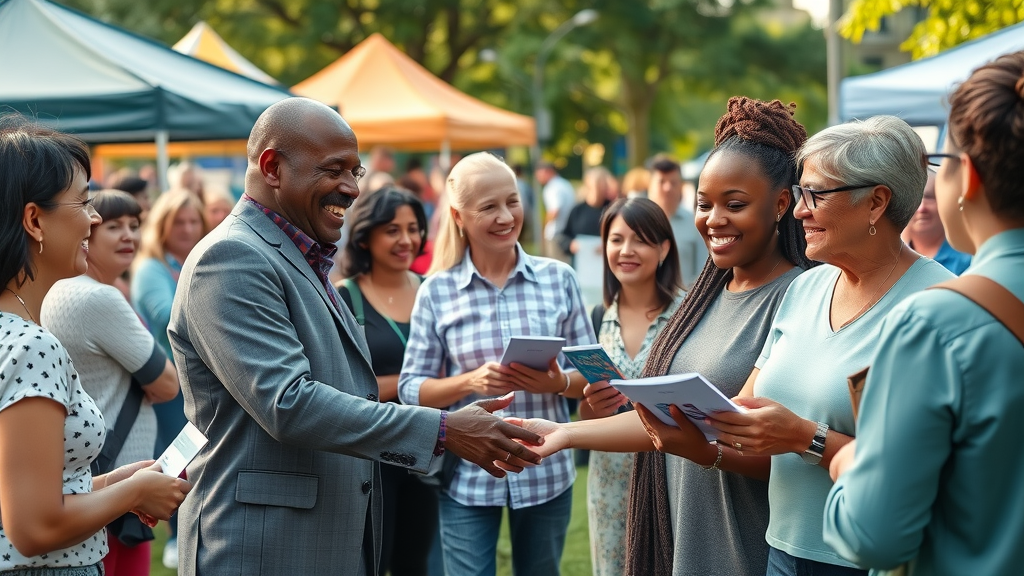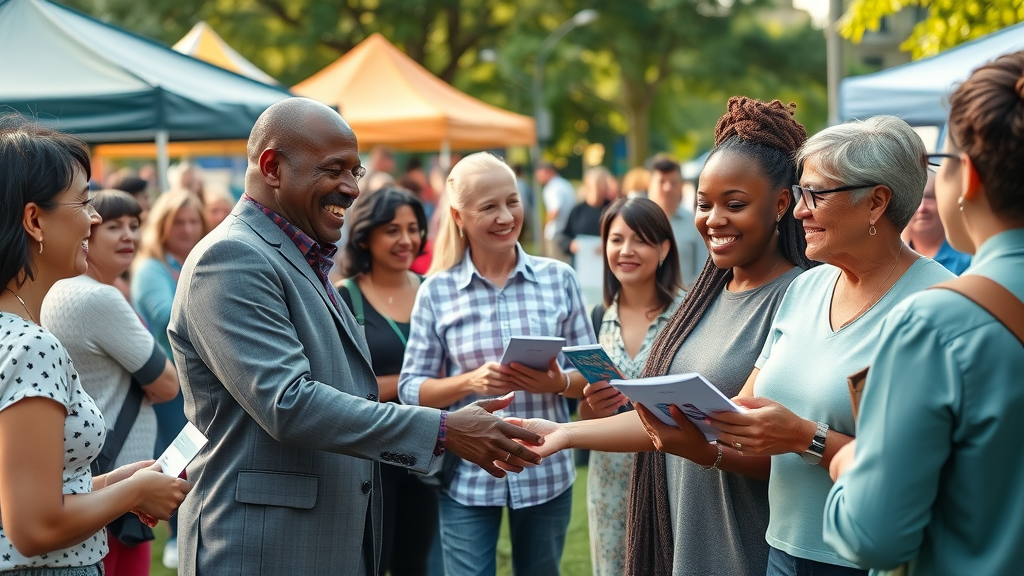The Importance of Community Engagement and Public Consultation
Welcome to your guide for effectively engaging your community through public consultation and community feedback. Building strong relationships with your community is essential for any organization or project to thrive. Engaging the community and seeking their feedback not only builds trust but also ensures that their needs and concerns are incorporated into decision-making processes.
Community engagement is the foundation for creating inclusive, sustainable, and responsive initiatives. When communities are actively involved in shaping their surroundings, they develop a sense of ownership and investment in the outcomes. This, in turn, leads to greater support, participation, and long-term success of the project or program. Public consultation, a key component of community engagement, provides a platform for residents, stakeholders, and decision-makers to come together, exchange ideas, and collaborate on solutions.
By prioritizing community engagement, organizations can tap into the wealth of local knowledge, experiences, and perspectives that their community members possess.

This invaluable input can inform decision-making, identify potential challenges, and uncover innovative solutions that may have been overlooked. Ultimately, effective community engagement and public consultation strengthen the bond between the community and the organization, fostering a culture of trust, transparency, and shared responsibility.
Understanding the Community and Their Needs
Before embarking on any public consultation or community engagement initiative, it is crucial to understand the unique characteristics, concerns, and needs of the community you aim to serve. This comprehensive understanding will inform the design and implementation of your engagement strategies, ensuring that they are tailored to the specific context and resonate with the community.
Begin by conducting thorough research to gather demographic data, socioeconomic information, and insights into the community's history, culture, and existing challenges. Analyze this data to identify the key stakeholder groups, their priorities, and any potential barriers or sensitivities that may impact your engagement efforts.

This foundational knowledge will help you craft targeted messaging, select appropriate communication channels, and design engagement activities that address the community's specific needs and concerns.
Equally important is the ongoing assessment of the community's evolving needs and priorities. Regularly engage with community members, listen to their feedback, and be adaptable in your approach. Community needs and dynamics can shift over time, and being responsive to these changes will demonstrate your commitment to the community and your willingness to evolve your engagement strategies accordingly.
Effective Strategies for Public Consultation
Effective public consultation is a multi-faceted process that requires a strategic and inclusive approach. By employing a range of engagement methods, you can reach diverse community members, encourage active participation, and gather valuable insights to inform decision-making.
One of the cornerstones of public consultation is the town hall meeting. These in-person gatherings provide a platform for community members to voice their concerns, ask questions, and engage directly with decision-makers.

Organize town hall meetings at convenient locations and times, ensuring accessibility for all community members. Encourage open dialogue, facilitate constructive discussions, and be responsive to the community's feedback.
Another effective strategy is the use of online engagement platforms, such as dedicated project websites, virtual town halls, and interactive forums. These digital tools allow for greater reach, asynchronous participation, and the collection of quantitative and qualitative data. Leverage these platforms to share information, gather input, and foster ongoing conversations with the community.
Targeted outreach and engagement with specific stakeholder groups is also crucial. Identify and engage with underrepresented or hard-to-reach communities, such as low-income residents, minorities, or marginalized groups. Employ culturally appropriate communication methods, partner with local organizations, and ensure that your engagement efforts are inclusive and accessible to all community members.
Tools and Techniques for Gathering Community Feedback
Effective community engagement and public consultation rely on the strategic use of various tools and techniques to gather meaningful feedback from the community.

These tools not only facilitate the collection of data but also promote active participation and ensure that the community's voice is heard.
One powerful tool is the use of surveys, both online and offline. Carefully designed surveys can capture quantitative and qualitative data, providing valuable insights into the community's perceptions, preferences, and concerns. Ensure that your surveys are accessible, user-friendly, and translated into the languages spoken within the community.
Focus groups and facilitated discussions are also excellent techniques for in-depth exploration of community perspectives. Bring together diverse stakeholders in a controlled setting to engage in open-ended discussions, uncover underlying issues, and gain a deeper understanding of the community's needs and priorities.
Interactive workshops and design charrettes are another effective way to involve the community in the decision-making process. These hands-on activities encourage participants to collaborate, brainstorm ideas, and provide direct input on project plans or design elements.

By actively engaging the community in these creative exercises, you can foster a sense of ownership and build consensus around the proposed solutions.
Building Trust and Fostering Positive Relationships with the Community
Effective community engagement and public consultation go beyond simply gathering feedback; they are about building trust, fostering positive relationships, and establishing long-term partnerships with the community. This foundation of trust and collaboration is essential for the success and sustainability of any initiative or project.
One of the key elements in building trust is transparency. Ensure that your communication with the community is clear, honest, and accessible. Provide regular updates on the progress of your initiatives, share decision-making processes, and be accountable for the outcomes. This level of transparency will demonstrate your commitment to the community and foster a sense of shared responsibility.
Actively listening and responding to the community's feedback is another crucial aspect of building trust.

Make it a priority to acknowledge and address the community's concerns, ideas, and suggestions. Demonstrate that their input is valued and incorporated into the decision-making process. This not only validates the community's role but also strengthens the partnership between the organization and the stakeholders.
Cultivating long-term relationships with the community is also essential. Engage in ongoing dialogue, participate in community events, and establish collaborative partnerships with local organizations and leaders. These sustained interactions will help you better understand the community's evolving needs, build rapport, and create a sense of shared ownership and investment in the success of your initiatives.
Final Thoughts
In conclusion, effective community engagement and public consultation are essential for any organization or project to succeed and create a lasting impact on the community. By understanding the unique needs and perspectives of your community, employing a range of engagement strategies, and building trust through transparent and responsive communication, you can foster meaningful relationships and empower your community to play an active role in shaping their surroundings.

This comprehensive guide has provided you with the tools, techniques, and insights to elevate your community engagement efforts and create a culture of inclusivity, collaboration, and shared responsibility. Remember, community engagement is an ongoing process that requires adaptability, patience, and a genuine commitment to the well-being of the people you serve.
As you embark on your journey of community engagement, keep in mind that every community is unique, and the strategies that work in one context may need to be tailored for another. Remain open to feedback, continuously assess your approach, and be willing to evolve your engagement methods to meet the changing needs of your community.
By prioritizing community engagement and public consultation, you will not only build trust and strengthen relationships but also unlock the collective wisdom and creativity of your community. Together, you can co-create solutions that address the unique challenges faced by your community and pave the way for a more inclusive, sustainable, and vibrant future.
Partner with Gov Strategic Today!
At Gov Strategic, we understand the power of community engagement and public consultation. Let us help you build trust, foster collaboration, and create sustainable, impactful solutions tailored to your community's unique needs. Together, we can drive meaningful change and empower your community to shape its future.
Ready to Transform Your Community Engagement?
Join hands with us and unlock the full potential of your community's wisdom and creativity. Contact us today to start your journey toward inclusive, transparent, and effective public consultation.
 Add Row
Add Row  Add
Add 




Write A Comment